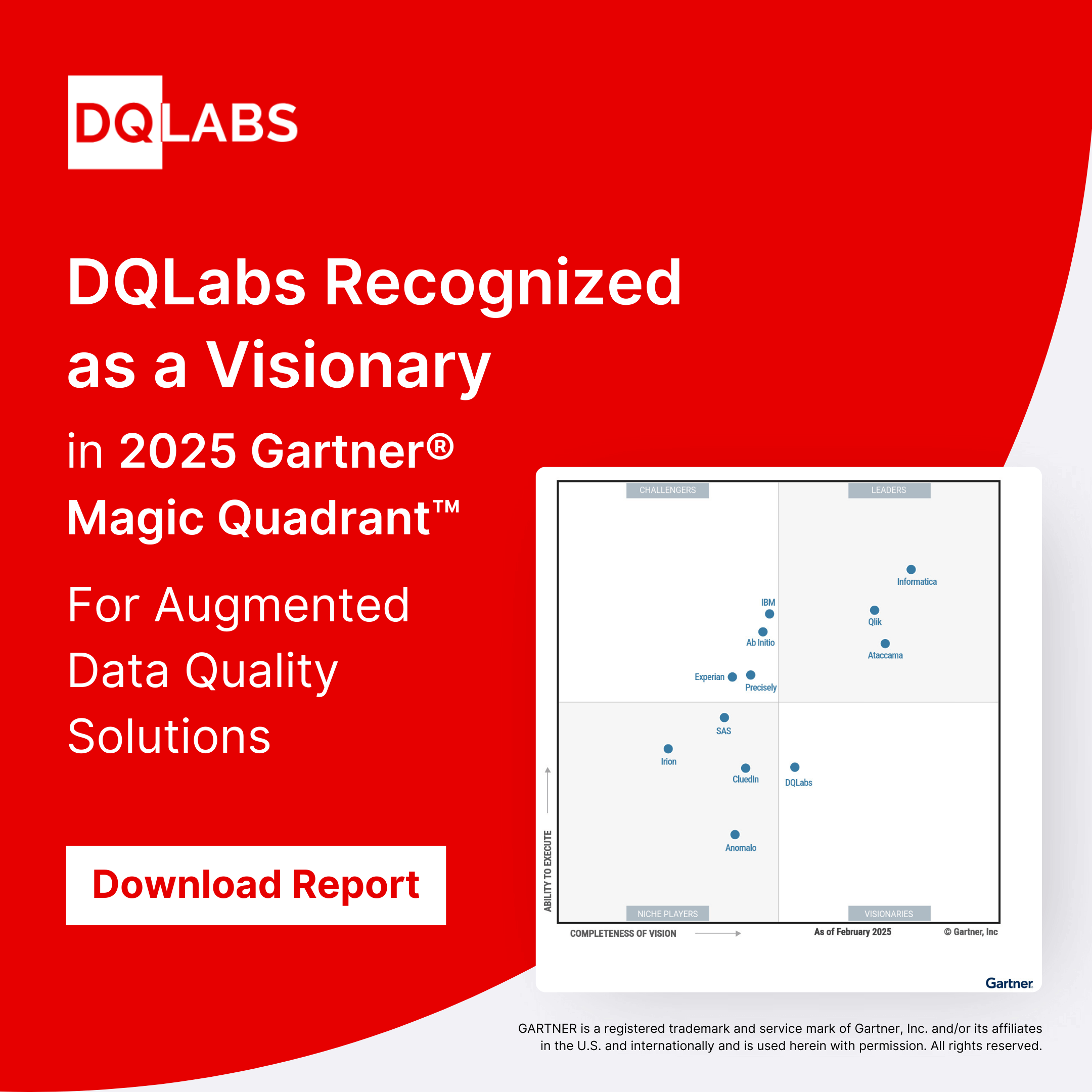Introduction to augmented data management
A recent survey by Forbes notes that up to eighty percent of data scientists in organizations use a lot of their time collecting and preparing data for analysis. When a data science team is bogged down with such tedious tasks of collecting and organizing data, critical processes such as data interpretation, research, and other data-focused strategic priorities fail to get the much-needed time and attention.
Augmentation is the growing trend that organizations adopt to automate most data management processes to free up valuable time for their data scientists. Augmented data management (ADM in short) involves the use of machine learning and artificial intelligence to automate manual data management tasks. Gartner predicts that by 2023, ADM will free up to 20% of data science teams’ time. The report further notes that by the same time, organizations that dynamically automate, connect and optimize their data management processes through active metadata, artificial intelligence, Machine Learning, and Data Fabric will spend 30% less of their time on Data Integration processes.
It helps organizations quickly make correct decisions and maximize their business processes’ benefits. Several disciplines under data management exist, including; metadata management, data quality, master data management, data preparation, data governance, and data integration.
Augmented Data Management aims at;
- Automating manual data management operations
- Allowing less tech-savvy users to be autonomous while using data
- Freeing up time for such technical specialists as data scientists and data technologists.
What should organizations know when implementing ADM?
With the increase in the volume of data collected by organizations, the organizations and the way they manage the data must evolve and transform themselves to be data-driven as they keep up with their business needs. Augmented data management is a technological advancement that can help organizations automate while improving their processes. To ensure success with increased data management, organizations must recognize the following;
ADM is as good as the data users
Many end-users in different organizations are not data literate. Data literacy is defined as understanding what information means, how to appropriately read graphs and charts, and draw correct data insights.
ADM should be carefully implemented.
Since data literacy is usually underdeveloped in many organizations, careful implementation of augmented data management processes is critical. During the entire process, data scientists and IT data analysts should be heavily involved.
The vendor chosen for your ADM is essential
The vendor should provide your organization with a clear roadmap on how the implementation will occur, further enhancements, and training to impart your users with the appropriate data literacy competencies. DQLabs’ AI-augmented data management platform will also provide support during and after the implementation.
Best practices to ensure successful augmented data management?
Organizations can implement augmented data management to facilitate data for real-time analytics. The desired quality and the tidiness of organizational data are essential to make use of it on the go and draw informed insights to help make business decisions instantly. Augmented data management processes help organizations harness data across their departments and improve collaboration while undertaking various tasks.
ADM helps organizations to better manage their recurrent operations and activities by assisting users in making proactive decisions within their departments. The immediate use of data arising from these processes also helps eliminate the data silos, thereby significantly reducing business operations costs.
Augmented data management processes will only be as good as the rules in place. Data governance in an organization needs to be set in place and strong enough before augmenting the data management. The system and its processes will allow users automated access based on their permissions. When those permissions are not correct, the organizational data could get exposed to unauthorized users and risk a data breach and, consequently, violate the law, such as the GDPR.
Also read: What is data quality management?
Summary
Organizations are in a constant need to revamp their data management processes to automate their data circulation processes and further optimize their course of analysis on the data. Armed with the right tools for effective data management, organizations can enhance their products and services by eliminating data’s intricacies. Reducing complexities is critical for any organization to strive and achieve its business objectives. Successfully deploying augmented data management practices is the secure way forward to remain competitive and give your competitors a run for their money. This article provides valuable insights on the factors and tips to follow to ensure success with augmented data management.
